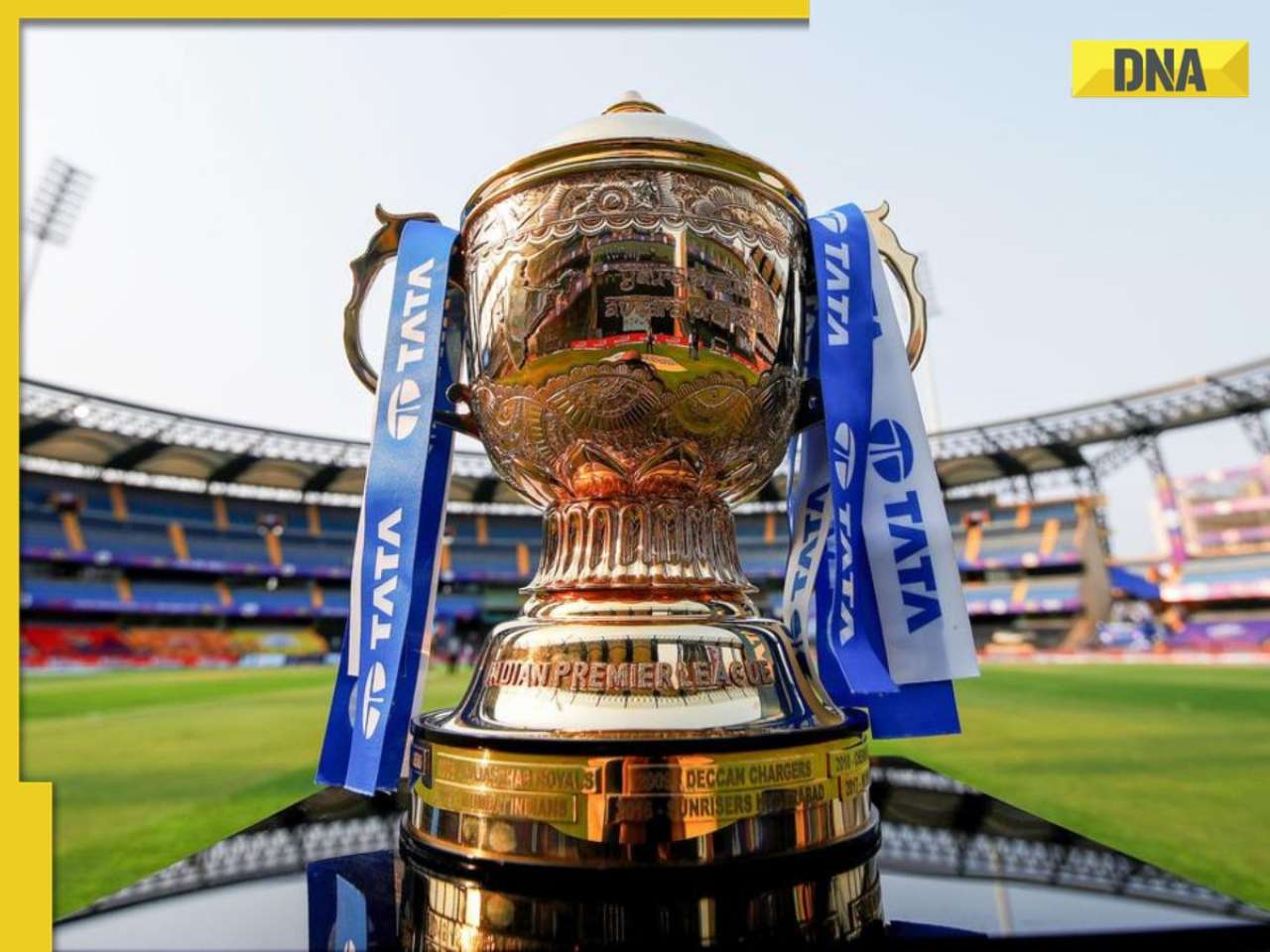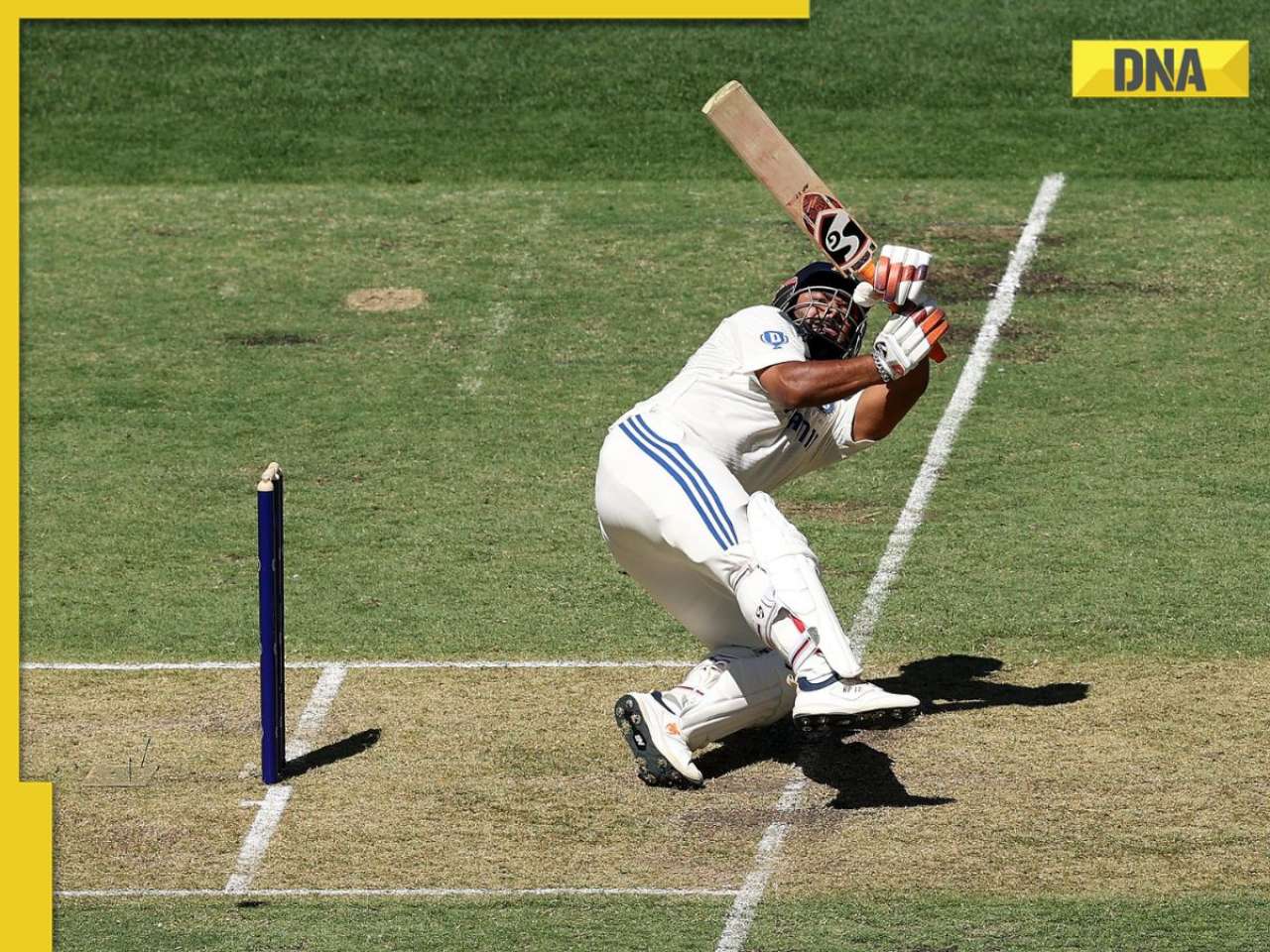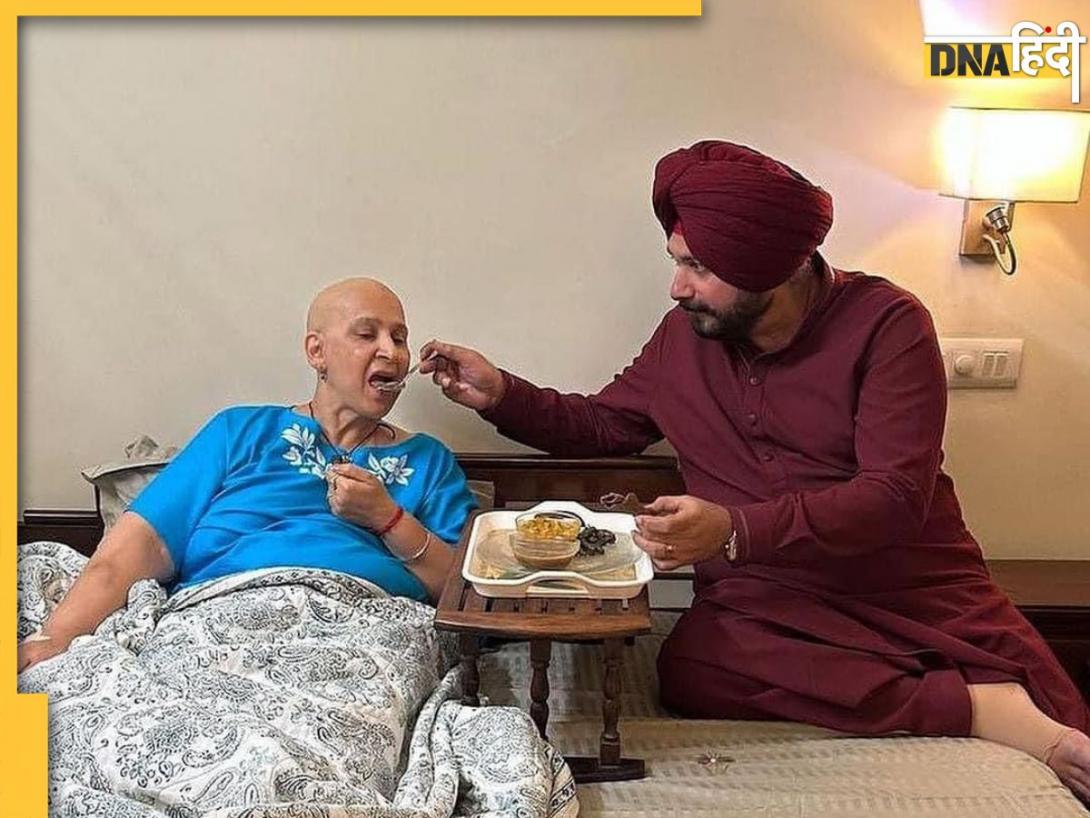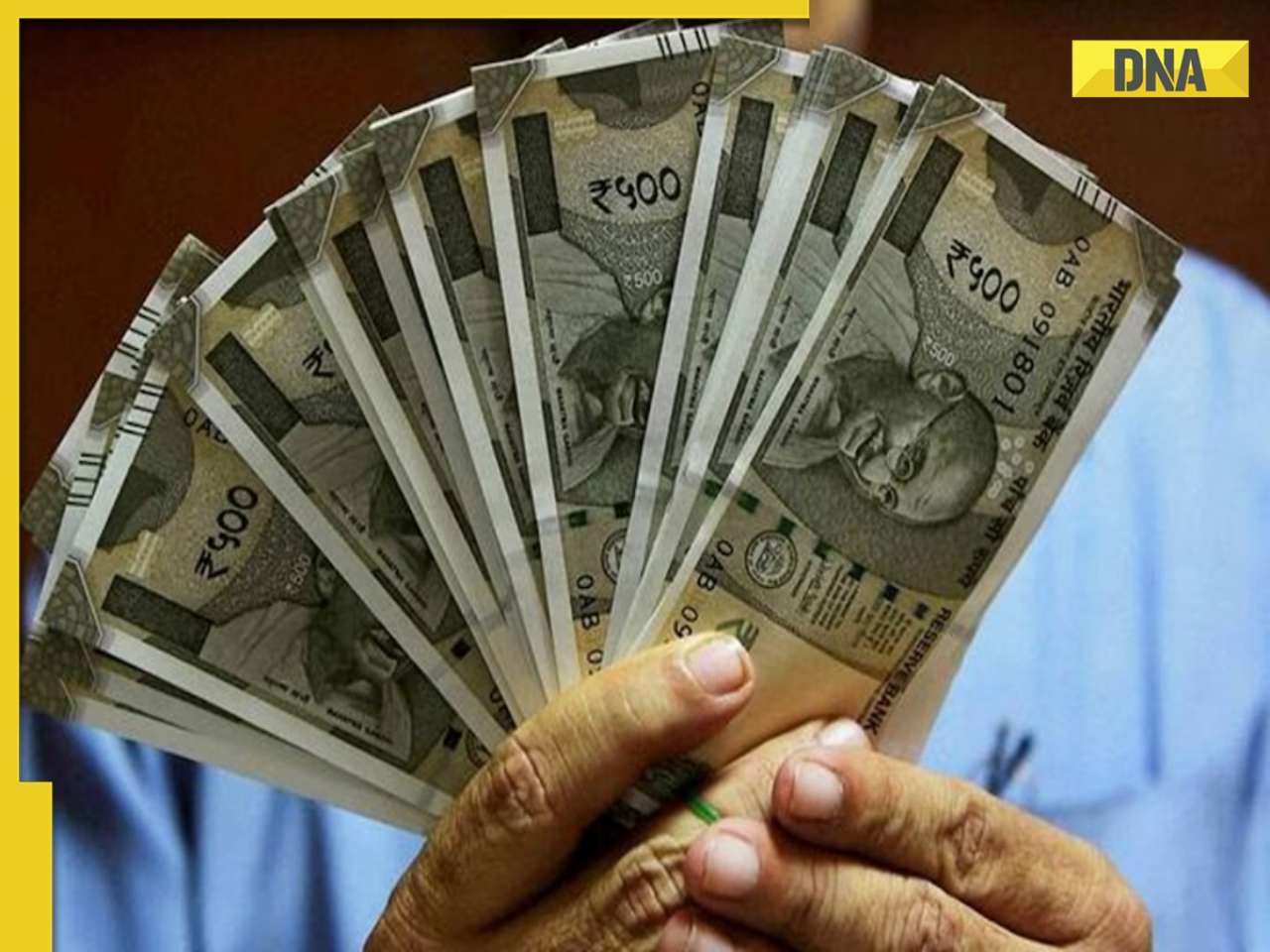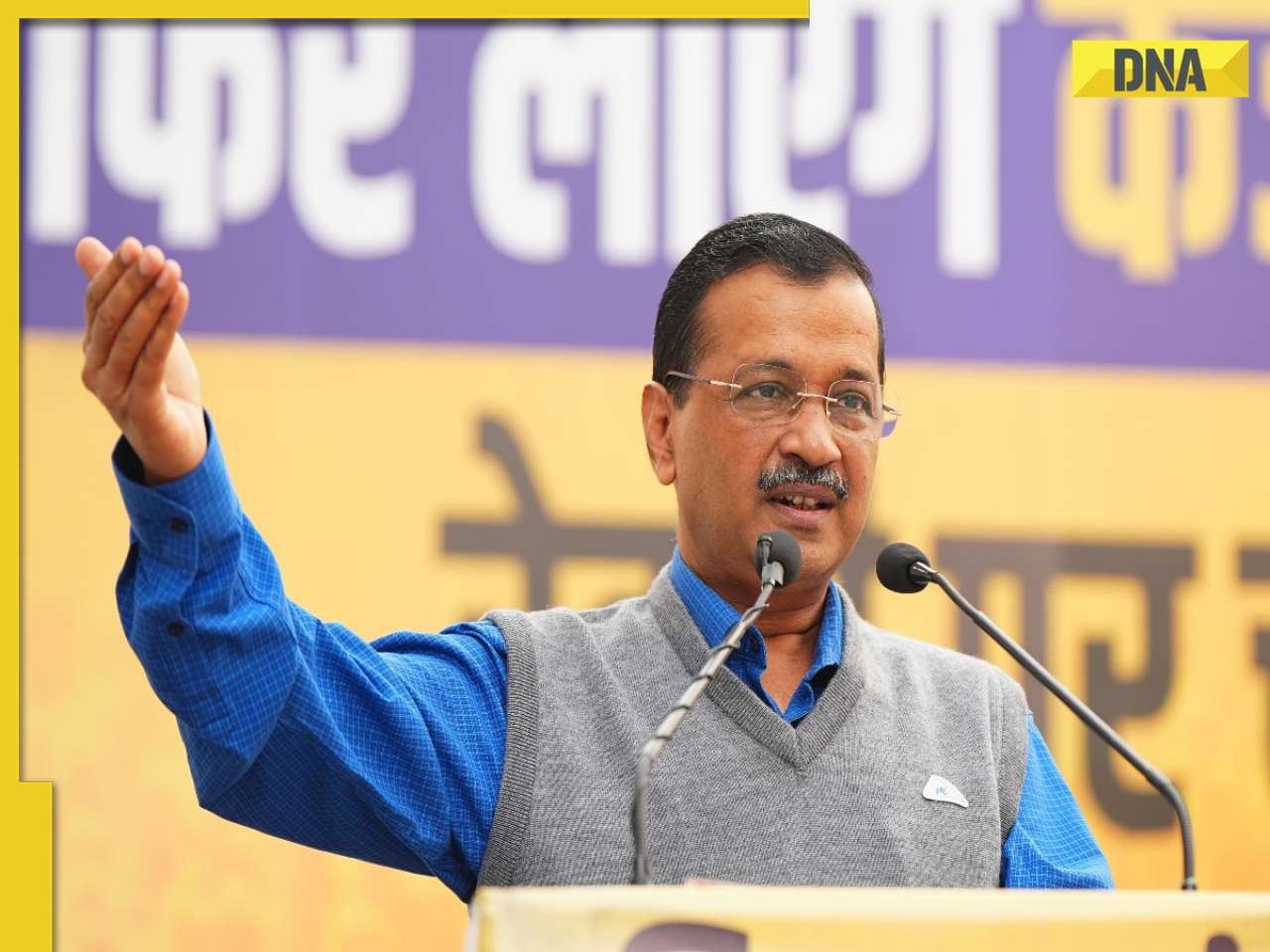- LATEST
- WEBSTORY
- TRENDING
EXPLAINER
Chandrayaan-3: What is Pragyan rover? Indian spacecraft’s cost, speed of landing, fuel type; explained
According to ISRO, the Chandrayaan-3's soft landing of the Lander on the Lunar South Pole is expected today at 6:04 pm. Know the important role of the Pragyan rover in India's moon mission.
TRENDING NOW
Chandrayaan-3, which was launched on July 14 of this year, is a continuation of Chandrayaan-2 and aims to show that safe lunar landing and wandering are possible from start to finish.
Chandrayaan-3 which was launched on July 14, 2023, is steadily approaching the moon, the Indian Space Research Organisation is releasing updates on this historic mission. Chandrayaan-3 is a continuation of Chandrayaan-2 which aims to show the safe lunar landing on the moon.
Today, Chandrayaan-3 will try a soft landing in the vicinity of the moon’s south pole for the first time. Here are more details about the Indian spacecraft:
What is the cost of Chandrayaan-3?
The Chandrayaan-3 was built on a budget of just under Rs 615 crore or $75 million.
What is the speed of Chandrayaan-3?
The Chandrayaan-3 lander can safely touch down at a speed of up to 3m/sec (10.8 km/h) vertical velocity, with the optimal speed being around 2 m/sec (7.2 km/hr). It can tolerate up to 12 degrees.
Which fuel is used in Chandrayan-3?
The rocket’s first stage is powered with solid fuel, the second stage is with liquid fuel and the final stage comprises a cryogenic engine powered by liquid hydrogen and liquid oxygen.
What is Pragyan rover?
Pragyan, which in Sanskrit means "wisdom," is the name of the robotic vehicle that Lander and the robot ride in. The six-wheeled vehicle is equipped with instruments and payloads that can offer information about the Moon's surface. It will collect information on the elements that make up the atmosphere. The 26-kilogram rover has a 14-day mission life, which is equivalent to one lunar day.
It will highlight India's achievements in space exploration and advance our knowledge of the geology and environment of the Moon.
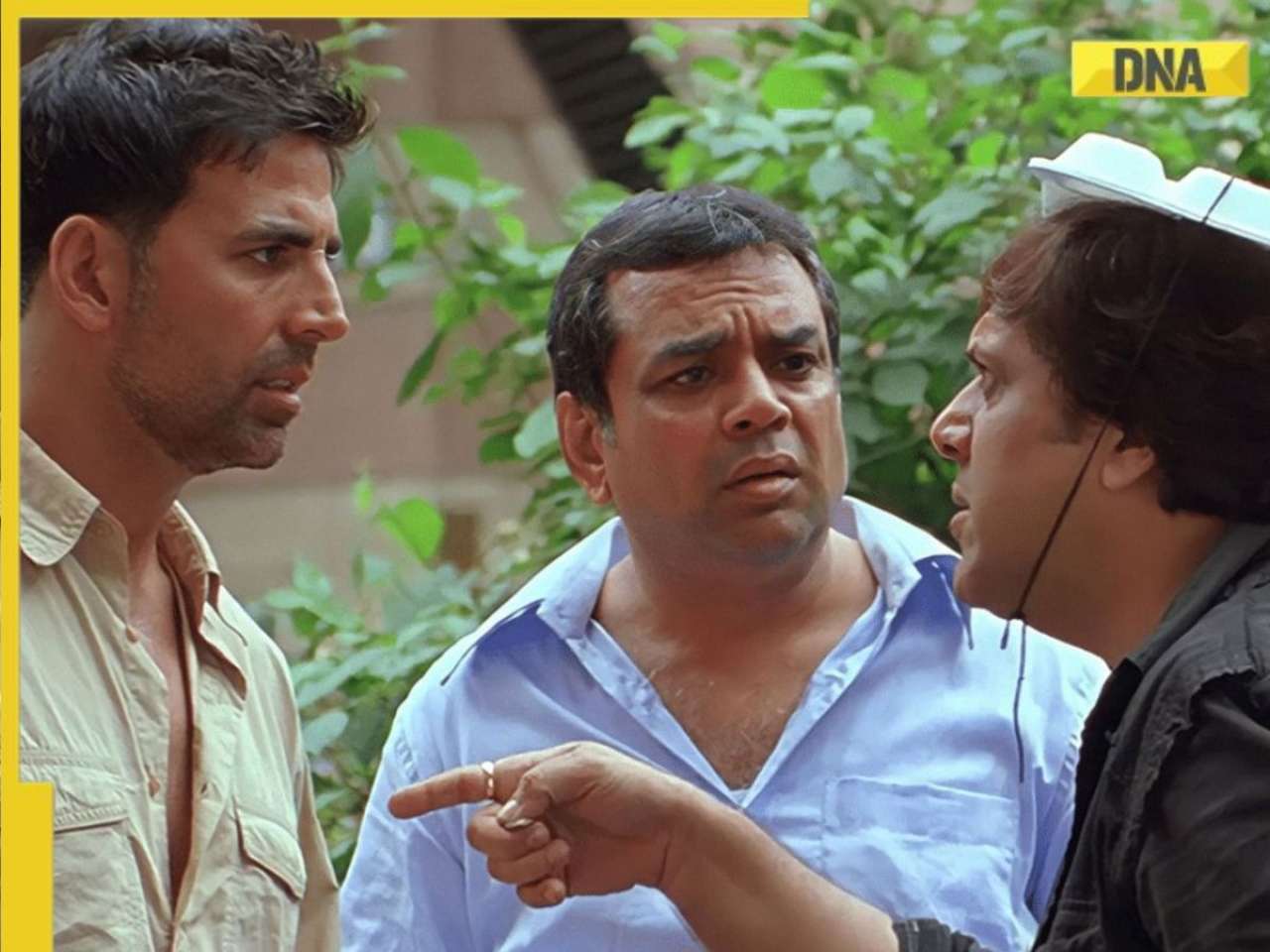






)
)
)
)
)
)
)
)
)
)
)
)
)
)
)
)























